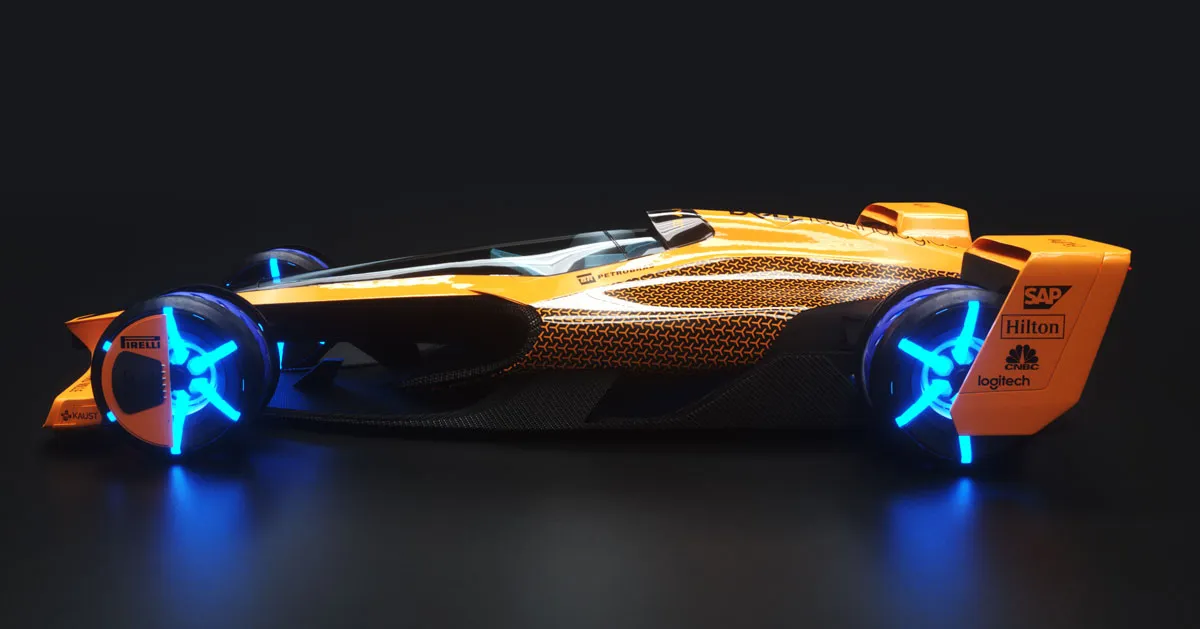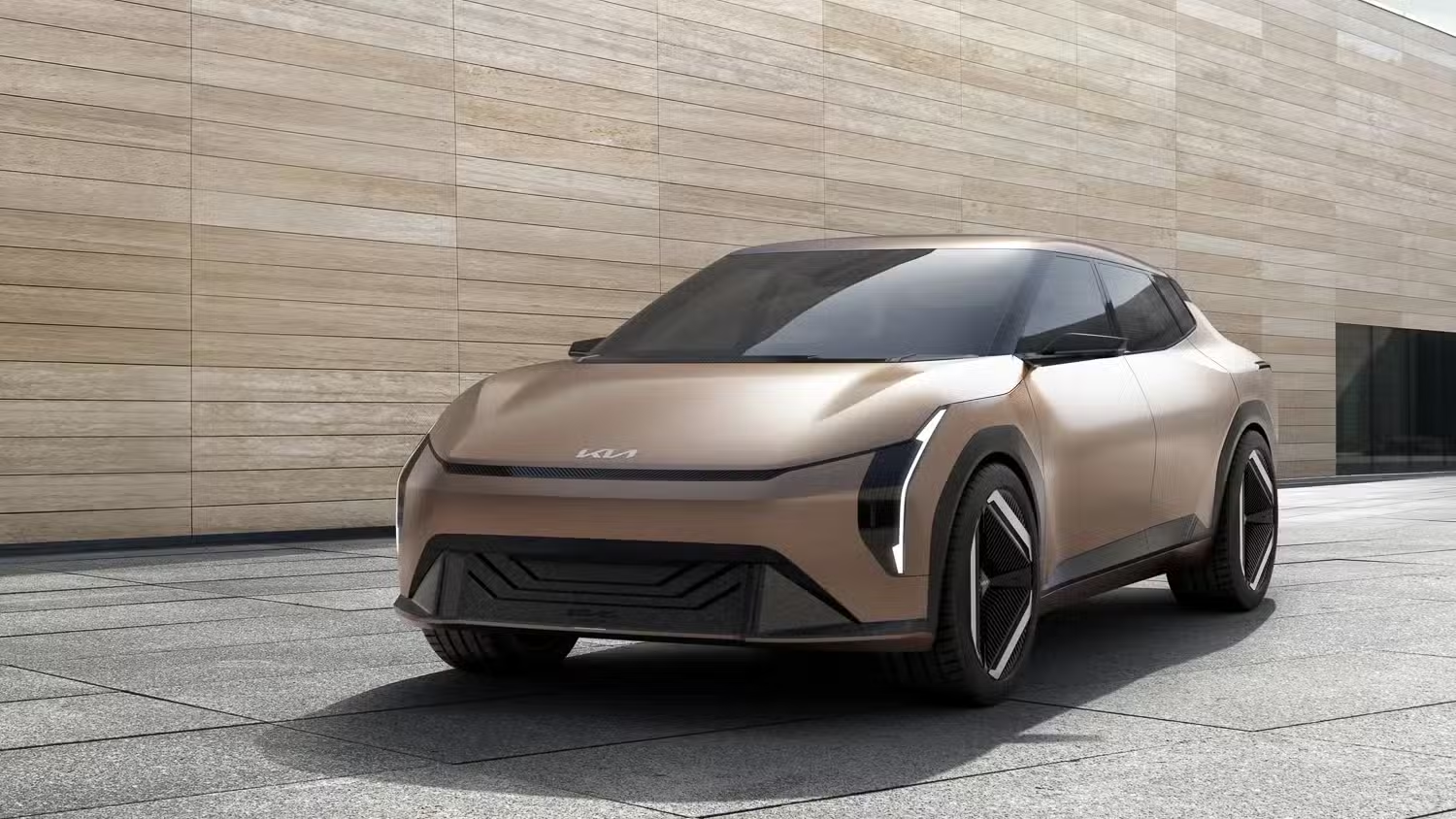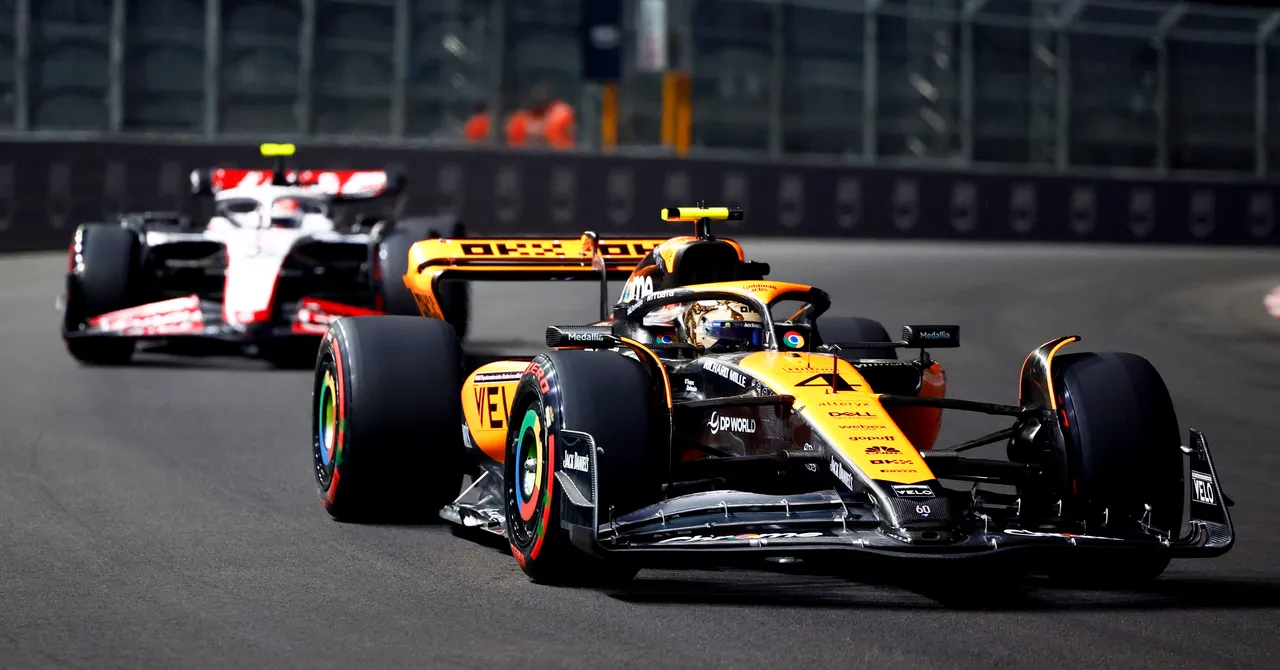The future of electric Formula 1 racing cars is one of the most energizing subjects in cutting-edge motorsport. As worldwide businesses move toward maintainability, Equation 1—the apex of car development—is experiencing a sensational change. Whereas F1 cars are right now fueled by crossover control units, the sport’s long-term vision centers on lessening carbon emanations and receiving cleaner vitality innovations. This move marks the start of a modern time where speed, execution, and supportability coexist seamlessly.
The Advancement Toward Jolt in Equation 1
Formula 1 has continuously been synonymous with innovative headway. From streamlined breakthroughs to turbo-hybrid motors, each decade has presented game-changing developments. In any case, the expanding worldwide accentuation on eco-friendly arrangements has pushed Equation 1 toward a greener path.
The presentation of crossover control units in 2014 was a key turning point. These motors combined inside combustion with electrical vitality recuperation frameworks definitely progress productivity. However, the future of electric Formula 1 racing cars goes past hybridization. The following era of cars is anticipated to depend more on electric control and less on fossil fuels, adjusting F1 with worldwide maintainability goals.
By 2030, Equation 1 points to being carbon-neutral wear, and charge will play a central part in accomplishing that vision.
Read Also:- How Formula 1 Car Aerodynamics Work
How Electric Innovation Is Changing Equation 1
Electric portability is reclassifying how dashing cars are planned and worked. In spite of the fact that fully electric Equation 1 cars are still in improvement, cross-breed innovation as of now illustrates how electrical control can improve performance.
The Vitality Recuperation Framework (ERS), which captures motor and warm vitality to control electric engines, is one of the sport’s most progressive developments. Future F1 models may extend this framework, permitting longer electric-only runs and making strides in battery efficiency.
Advancements in battery innovation, lightweight materials, and regenerative braking frameworks are clearing the way for electric F1 cars that keep up the sport’s trademark speed and energy. These changes are anticipated to make Equation 1 cars more productive, quicker off the line, and able to support tall execution with negligible natural impact.
Formula E’s Impact on Electric Equation 1 Cars
The rise of Formula E, the completely electric dashing arrangement, has been instrumental in forming the future of Formula 1. Equation E serves as a testing ground for battery innovation, vitality administration, and electric drivetrain performance.
As F1 watches the fast innovative advancement in Formula E, a few lessons are being connected to half-breed and future electric plans. For illustration, Equation E’s battery cooling frameworks, regenerative braking, and vitality productivity models might rouse key highlights in F1’s up-and-coming electric generation.
The collaboration between both dashing designs guarantees that the future of electric Formula 1 racing cars combines Equation 1’s high-speed DNA with Equation E’s maintainability expertise.
Sustainability and the Carbon-Neutral Vision
One of Equation 1’s greatest commitments is accomplishing net-zero carbon emanations by 2030. Zap is, as it were, one portion of this mission. The wear is too investigating engineered powers, renewable vitality utilization, and green coordinations to decrease its natural footprint.
Future electric Formula 1 cars will likely utilize biodegradable materials, economical fabricating forms, and eco-friendly vitality sources. The integration of electric control will not diminish emanations but will exhibit F1 as a worldwide pioneer in feasible innovation.
This change sends a solid message: high-performance hustling can be both exciting and ecologically responsible.
Challenges in Receiving Completely Electric F1 Cars
Despite the advance, transitioning to completely electric F1 dashing presents a few challenges. One of the primary deterrents is battery innovation. Equation 1 cars require colossal control for supported high-speed execution, and current battery frameworks battle to meet those requests without including intemperate weight.
Another concern is the dashing exhibition. Fans relate Equation 1 with thundering motors and lightning-fast pit stops. Completely electric F1 cars might alter that sound and encounter, raising questions about whether the car can hold its one-of-a-kind identity.
Moreover, framework updates, such as charging frameworks and vitality administration arrangements, will be fundamental to making electric hustling reasonable on a worldwide scale. Overcoming these obstacles will decide how rapidly Equation 1 can move from crossover to completely electric power.
Hybrid Advancement: The Bridge to Full Electrification
Before a full charge, Equation 1 will proceed to refine its half-breed innovation. The up-and-coming 2026 F1 control units will include an indeed more noteworthy dependence on electric control, with about 50% of the total vitality coming from battery systems.
This modern crossbreedera will serve as a bridge toward a future where battery-powered Equation 1 cars overwhelm the network. The combination of electric vitality recuperation and feasible fills will give the idealized adjustment between execution and responsibility.
Manufacturers like Mercedes, Ferrari, Red Bull Powertrains, and Honda are as of now contributing intensely to creating crossover frameworks that can adjust consistently to future electric models. This venture guarantees that Equation 1 remains a worldwide pioneer in car innovation.
The Part of Manufactured Insights and Shrewd Systems
The future of electric Formula 1 racing cars won’t be characterized by electric control alone. Counterfeit insights (AI) and savvy vehicle frameworks will revolutionize the sport.
AI can optimize control dispersion, oversee battery temperatures, and anticipate wear in real time. This will not, as it were, improve race procedure but, moreover, progress security and productivity. In the electric time, F1 groups will depend intensely on information analytics and machine learning to keep up a competitive edge.
The Display of the Future: What Fans Can Expect
For fans, the electric future of Equation 1 guarantees a mix of supportability, speed, and innovative brilliance. The cars may sound diverse, but they will quicken quicker, corner more productively, and thrust boundaries like never before.
Spectators can anticipate shorter pit stops, imaginative race designs, and eco-friendly race tracks fueled by renewable vitality. This advancement will make Equation 1 not a fair competition of drivers but an exhibit of the most advanced clean-energy building on the planet.
Read More:- Most Successful F1 Cars in History
Conclusion: Driving Toward a Greener Motorsport Era
The future of electric Formula 1 racing cars speaks to a striking step into a feasible, high-performance future. As innovation propels, Equation 1’s commitment to advancement and natural obligation will rethink worldwide motorsport.
While challenges stay, the way ahead is clear—a carbon-neutral, zapped Equation 1 where speed and maintainability coexist. This advancement will motivate not only the car industry, as it were,but also millions of fans who accept a cleaner, quicker, and more brilliant future for racing.
The thunder of motors may before long give way to the murmur of electric engines—but the enthusiasm, accuracy, and energy that characterize Equation 1 will persevere until the end of time.









